PROTECT YOUR DNA WITH QUANTUM TECHNOLOGY
Orgo-Life the new way to the future Advertising by AdpathwayI think perennial burgundy flowers don’t get the attention they deserve. Most gardeners gravitate toward bright reds, sunny yellows, or (dare I say it?) safe neutrals, overlooking the sophisticated feel of deep wine colors.
Burgundy and maroon flowers offer something that brighter colors can’t: they’re dramatic without being overwhelming.
These complex colors work beautifully with almost any garden style. They complement pastels without clashing, enhance other deep colors without competing, and provide stunning contrast against silver foliage or bright greens.
Here are the best perennial red burgundy flowers (with some foliage) that will give your garden that sophisticated edge you’ve been looking for.
Cherry Rose Jewel Nasturtium
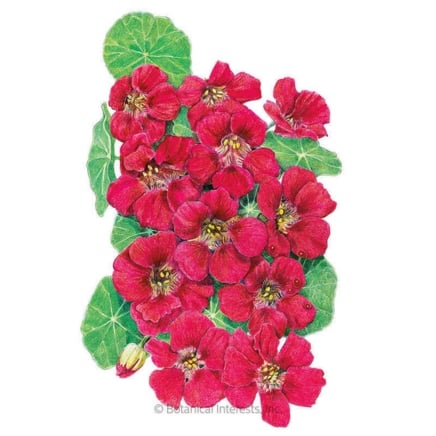
Cherry Rose Jewel Nasturtium Seeds
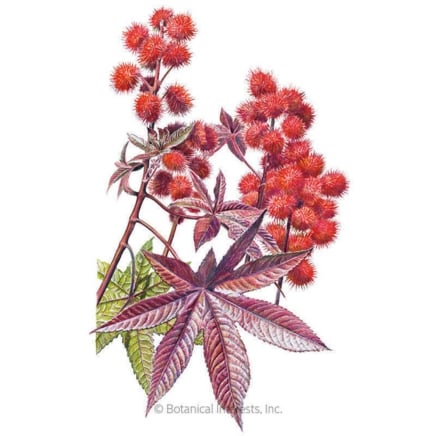
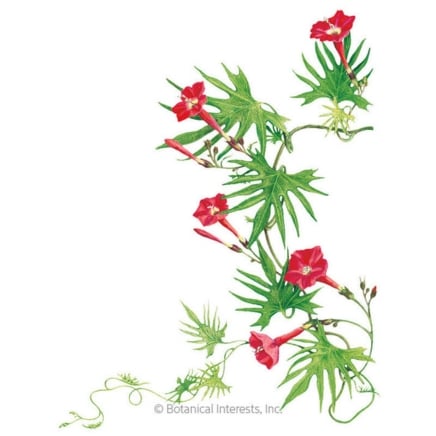
‘Autumn Bonfire®’ Azalea
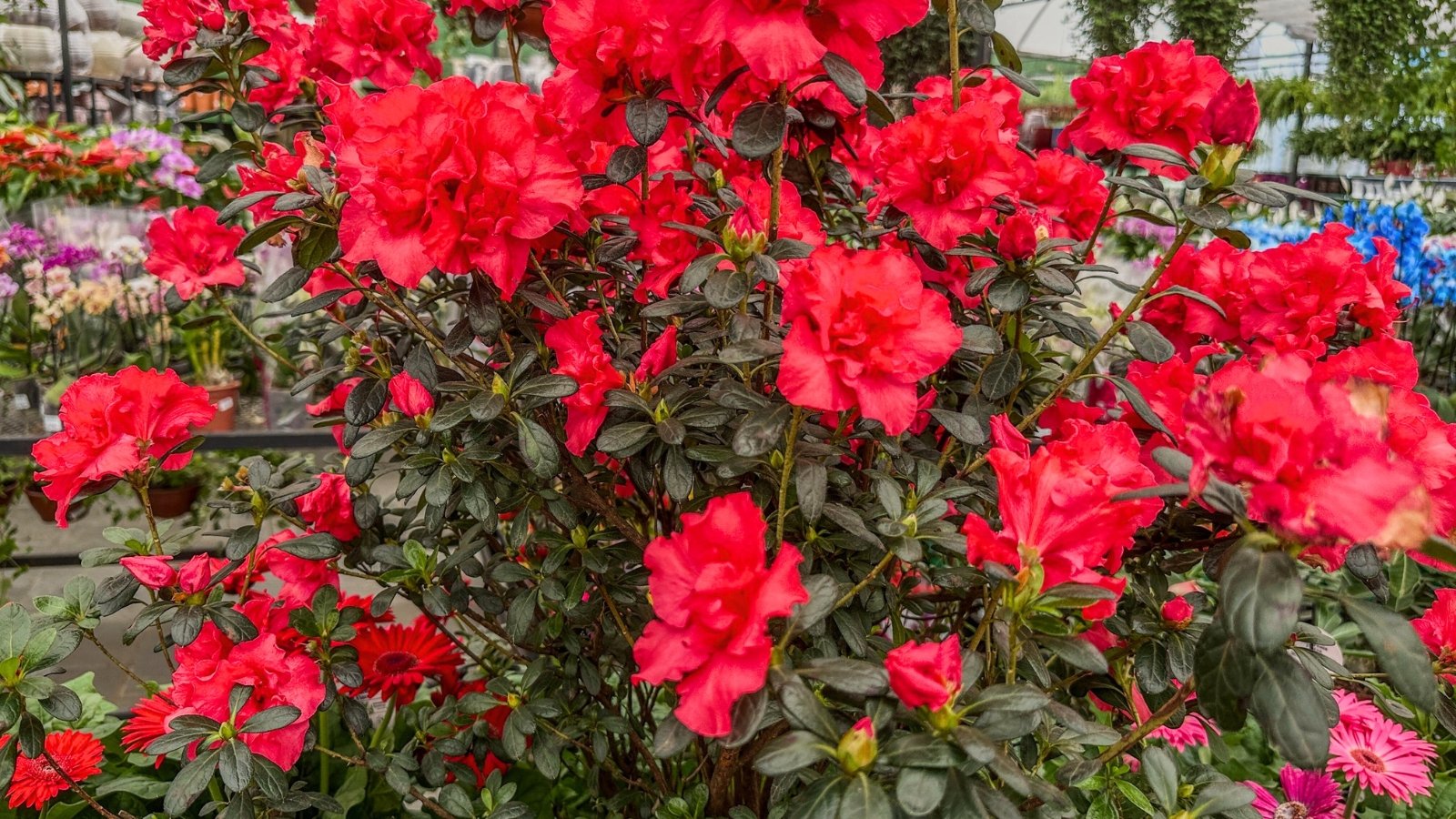 Loves moist soil but hates sitting in soggy spots.
Loves moist soil but hates sitting in soggy spots.This azalea delivers perennial burgundy flowers in abundance during spring. The blooms are deep wine-red with darker throats, creating layers of color that make each flower look rich. ‘Autumn Bonfire®’ often produces scattered blooms through summer and a second flush in fall.
The foliage stays attractive after blooming, with leaves that turn brilliant orange-red in autumn. This gives you two seasons of color from one plant. Enjoy burgundy flowers in spring and fiery foliage in fall.
Plant it in partial shade with acidic, well-draining soil. Morning sun with afternoon shade works well in most climates. Like all azaleas, it needs consistent moisture but won’t tolerate waterlogged conditions.
‘Blackberry Merlot’ Hibiscus
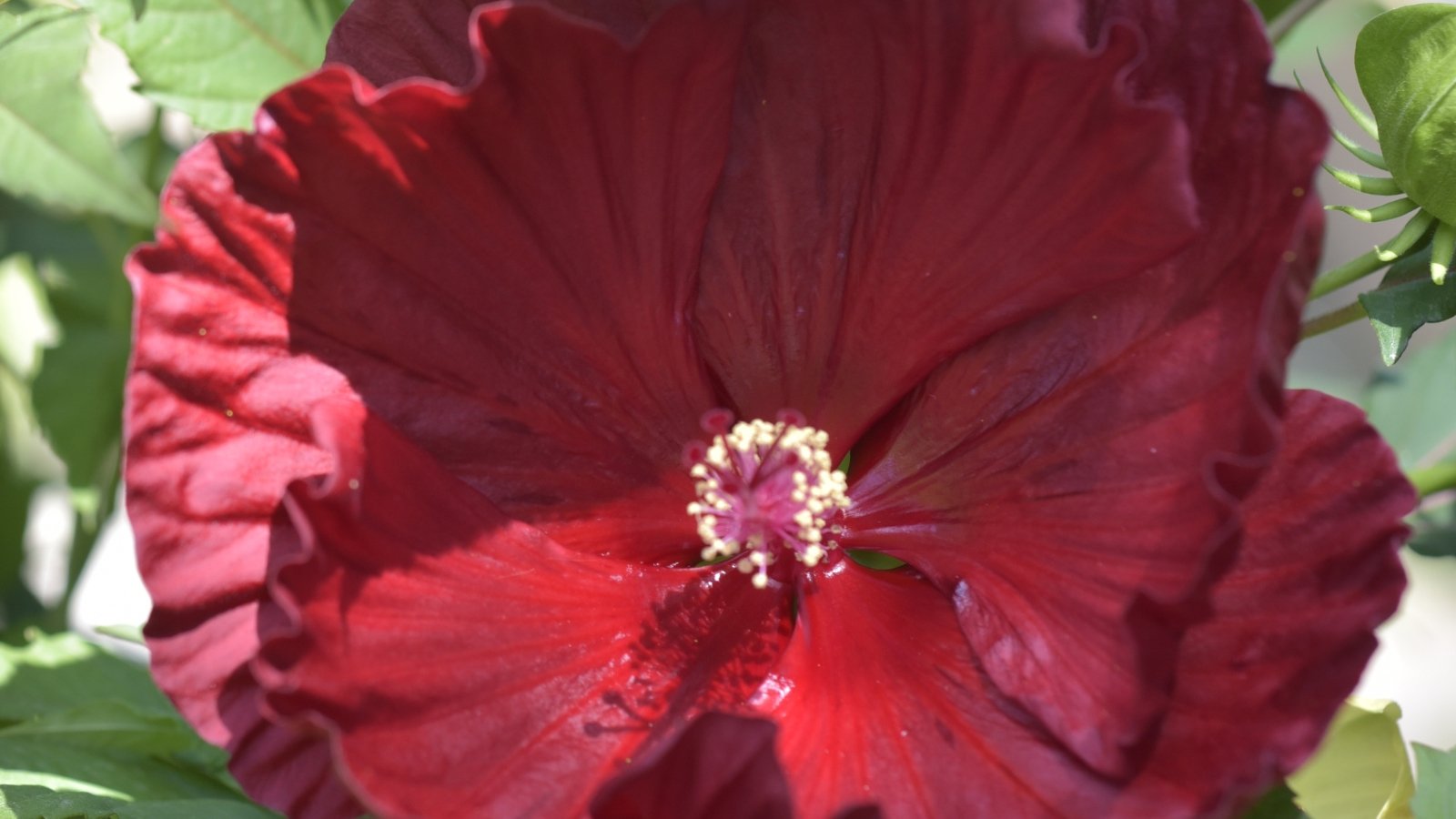 Flowers open midsummer and just keep going through fall.
Flowers open midsummer and just keep going through fall.These enormous tropical flowers (often 8-10 inches across) are deep burgundy with a depth and richness you’ll struggle to find in brighter hibiscus varieties.
Each bloom lasts just one day, but the plant produces flowers continuously from midsummer through fall. The dark burgundy petals have a slightly glossy finish that catches light beautifully, making the flowers seem to glow from within.
This tender perennial works in zones 9-11 as a permanent garden plant, or you can grow it in containers and bring it indoors for winter in colder areas. It needs full sun and regular water for the best flowering.
‘Cherry Cola’ Heuchera
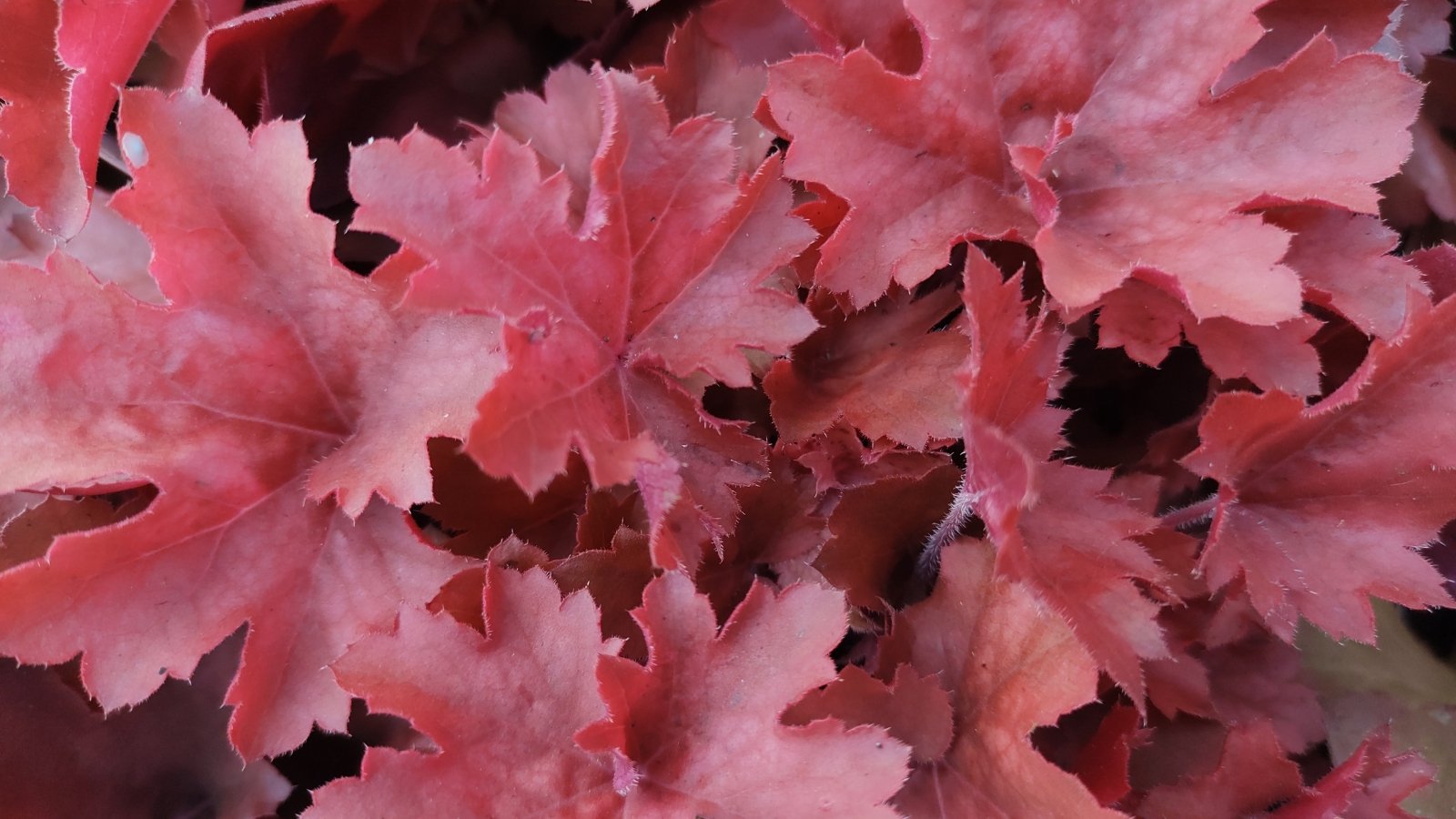 Leaves darken like red velvet aging into black cherry tones.
Leaves darken like red velvet aging into black cherry tones.Foliage plants don’t usually make burgundy flower lists, but this heuchera proves that leaves can be more colorful than blooms. The leaves emerge deep burgundy in spring, gradually deepening by summer. The color is so rich it looks artificial until you see it in person.
Small white flower spikes appear in late spring, but honestly, they’re just a bonus. The real show is the foliage that maintains its deep color all season long. Unlike many dark-leafed plants that fade in heat, ‘Cherry Cola’ holds its burgundy tones even through summer stress.
It prefers partial shade and well-draining soil. The dark foliage makes an excellent backdrop for brighter flowers, or you can plant en masse for dramatic groundcover effects.
‘Cherry Rose Jewel’ Nasturtium
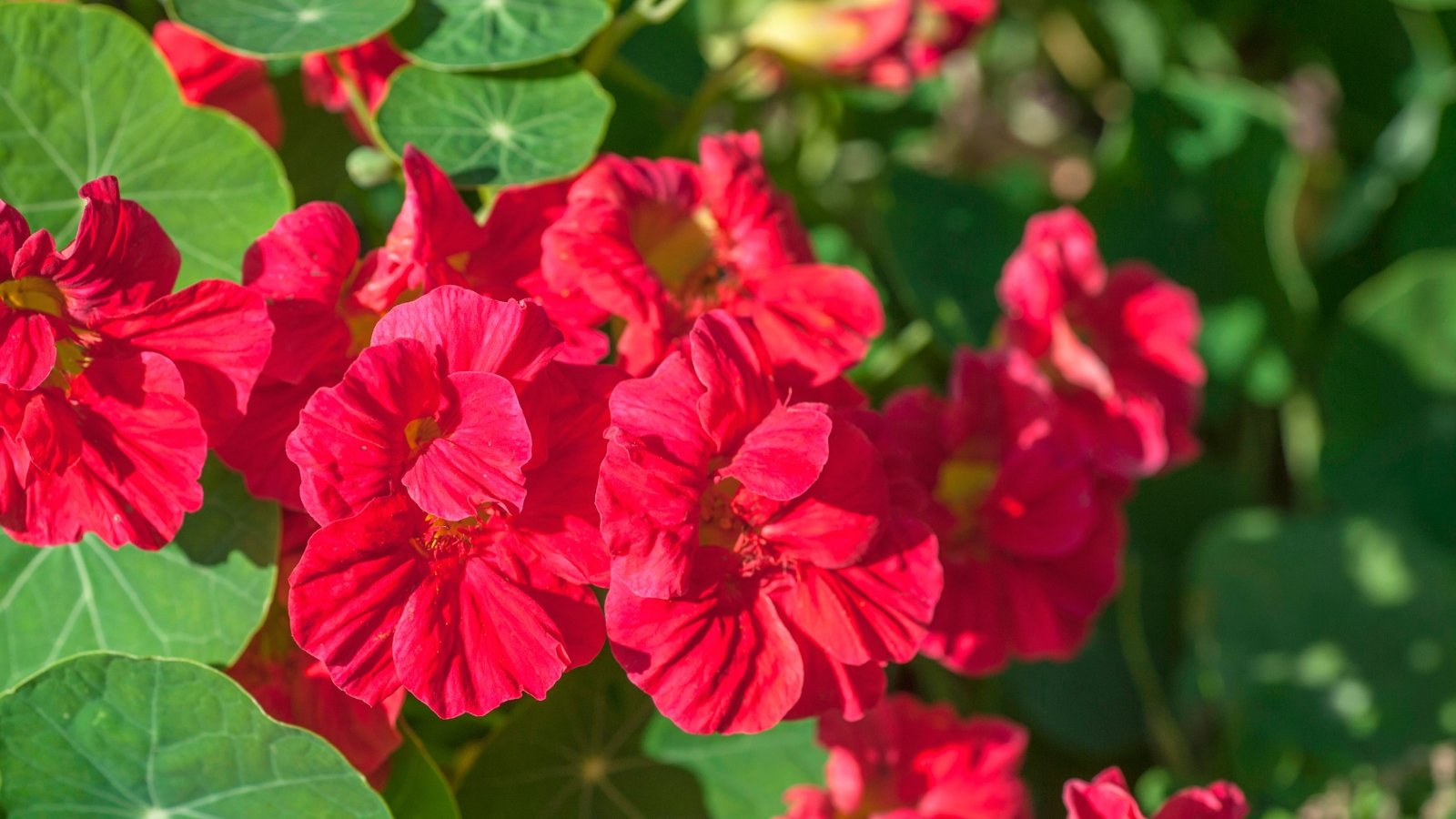 Trails softly but brings serious color wherever it grows.
Trails softly but brings serious color wherever it grows.Don’t overlook nasturtium when searching for perennial burgundy flowers. Although technically annuals, these flowers self-seed, essentially filling the same space as a perennial would.
This nasturtium produces flowers in shades ranging from deep cherry-red to burgundy. The flowers are edible too, adding peppery flavor and gorgeous color to salads.
The trailing habit makes it perfect for containers, hanging baskets, or as groundcover around taller perennials. It blooms continuously from summer through fall. They’re also surprisingly drought-tolerant once established.
‘Impala’ Castor Bean
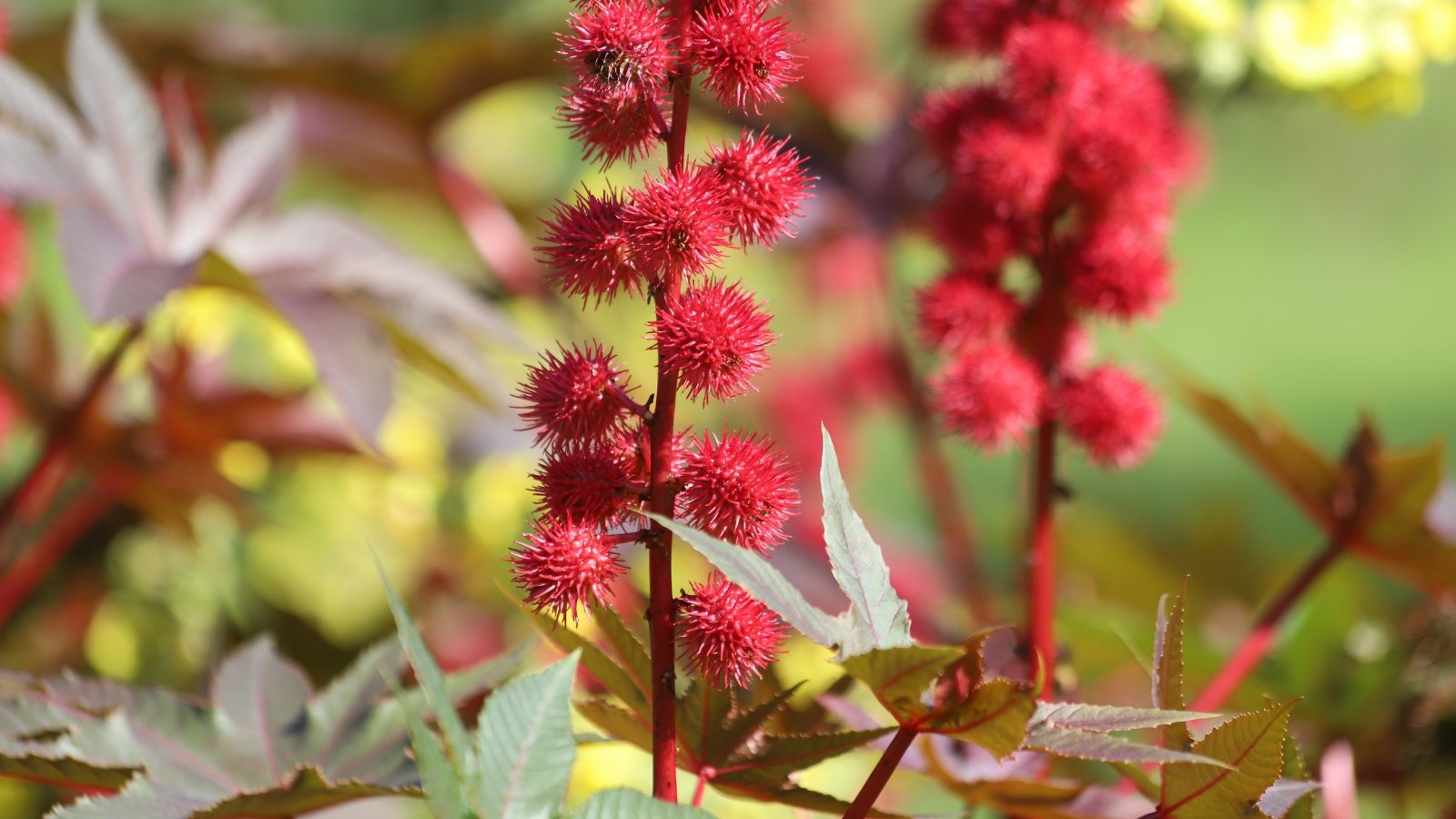 Turns any sunny spot into a tropical stage.
Turns any sunny spot into a tropical stage.This tender perennial burgundy flower grows quickly into a shrub-sized plant with enormous leaves. The foliage alone makes it worth growing, but the red flower spikes add extra color interest.
The plant can reach up to 8 feet tall in a single season, making it perfect for temporary screens or dramatic focal points. The burgundy-tinted leaves have a glossy finish that makes them stand out from typical green foliage plants.
Keep in mind that all parts of castor bean are toxic if ingested, so avoid planting where children or pets might be tempted to taste them. The seeds are particularly dangerous, though the plant’s striking appearance makes it worth growing with proper precautions.
‘My Castle’ Lupine
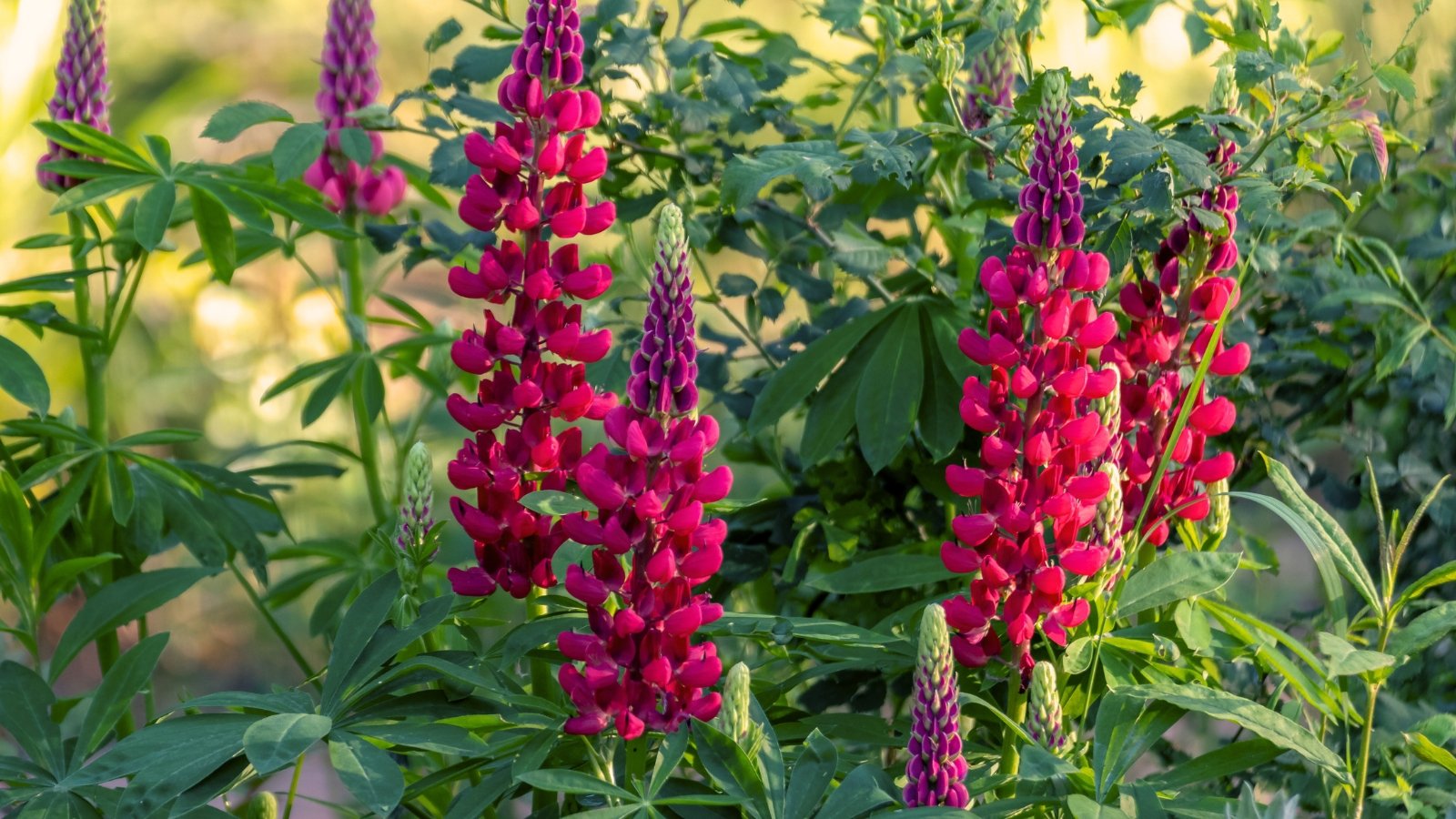 Tall flower spikes give the garden instant vertical interest.
Tall flower spikes give the garden instant vertical interest.Lupines add vertical drama to perennial borders, and ‘My Castle’ does it in pinkish-red spikes that rise 3 feet above attractive foliage. The flower spikes are densely packed with small blooms that create solid columns of wine-like color.
The flowers appear in early summer and often rebloom if you cut back the spent spikes. The foliage remains attractive throughout the growing season, providing good structure even when plants aren’t blooming.
Lupines prefer cool climates and can struggle in areas with hot, humid summers. They need well-draining soil and don’t like being disturbed once established. Plant from seed rather than trying to transplant mature specimens.
‘Paprika’ Yarrow
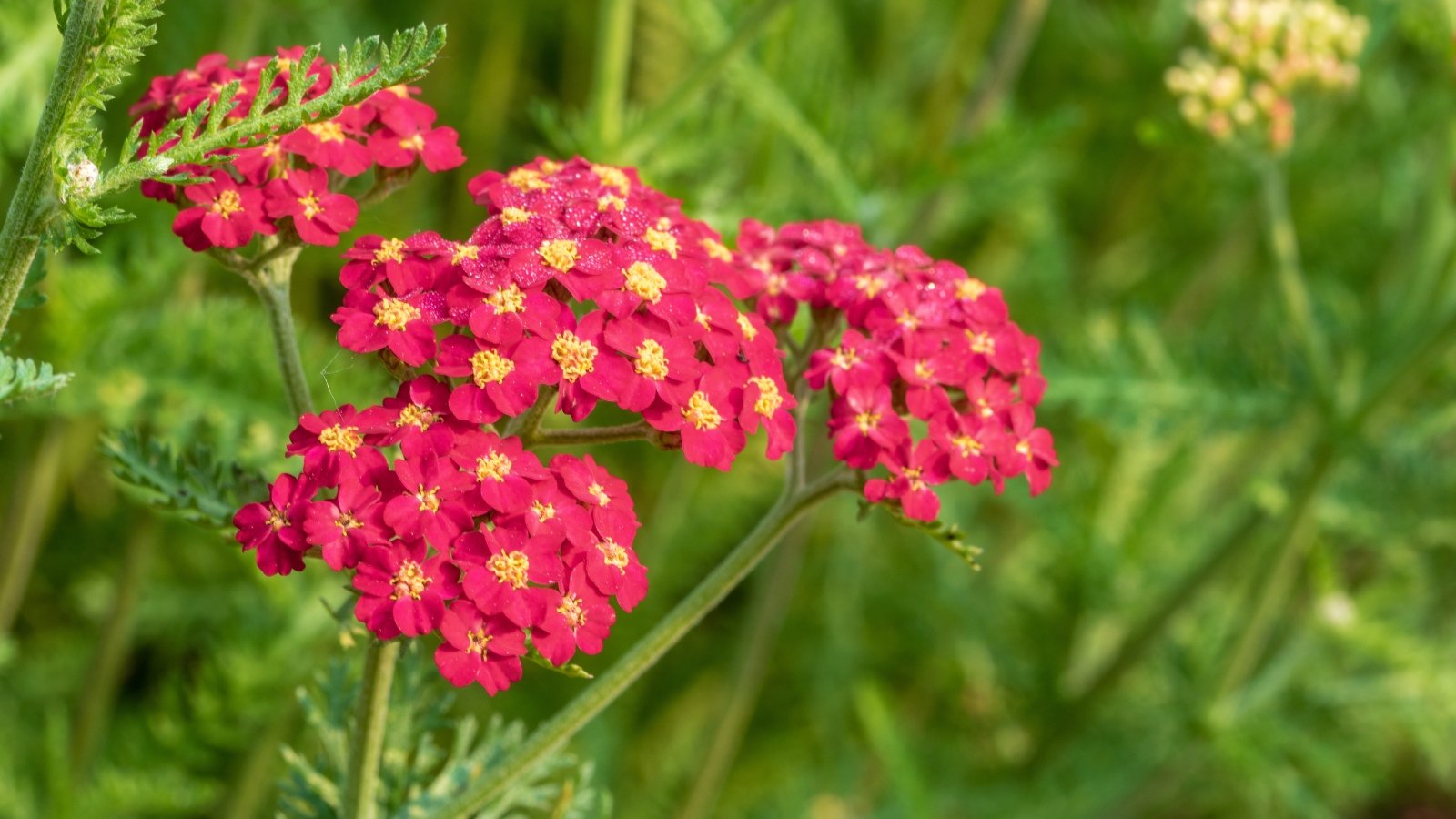 Prefers lean soil and plenty of sun to shine bright.
Prefers lean soil and plenty of sun to shine bright.Yarrow gets overlooked for sophisticated color schemes, but ‘Paprika’ proves that this tough perennial can hold its own with more refined plants. The flat-topped flower clusters start deep red-orange and age to wine-red, giving you multiple color phases from each bloom.
The ferny foliage provides excellent texture contrast to broader-leafed perennials, and the flowers are magnets for beneficial insects. Yarrow also makes excellent dried flowers, holding color well when cut and dried.
This perennial burgundy flower handles drought, poor soil, and general neglect better than most garden plants. It’s happier in lean conditions than in rich, amended soil. The main maintenance requirement is dividing clumps every few years to prevent overcrowding.
‘Queen Victoria’ Lobelia
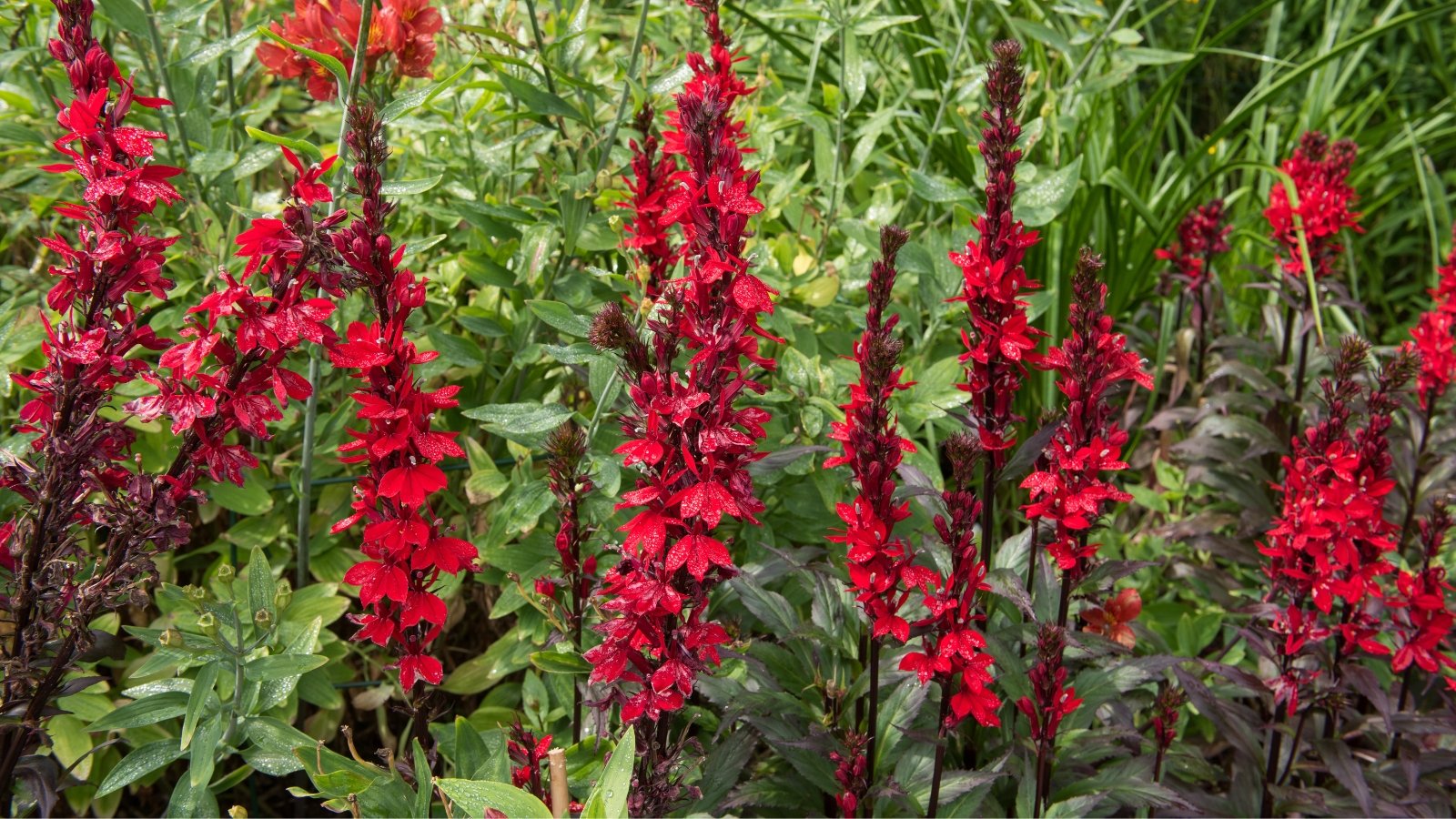 Attracts hummingbirds with rich color and delicate flower spikes.
Attracts hummingbirds with rich color and delicate flower spikes.This variety brings the same hummingbird-attracting power of cardinal flowers with deeper, richer color. The flower spikes are deep burgundy-red, rising above purple foliage that’s almost as ornamental as the blooms.
This moisture-loving perennial thrives in areas that are too wet for many other plants. Plant it near water features, in rain gardens, or anywhere that stays consistently moist. The flowers appear in late summer when many other perennials are winding down.
The bronze foliage provides season-long interest, making this lobelia valuable even when not in bloom. It’s also deer-resistant, which is helpful in areas where browsing is a problem.
‘Red Impression’ Tulip
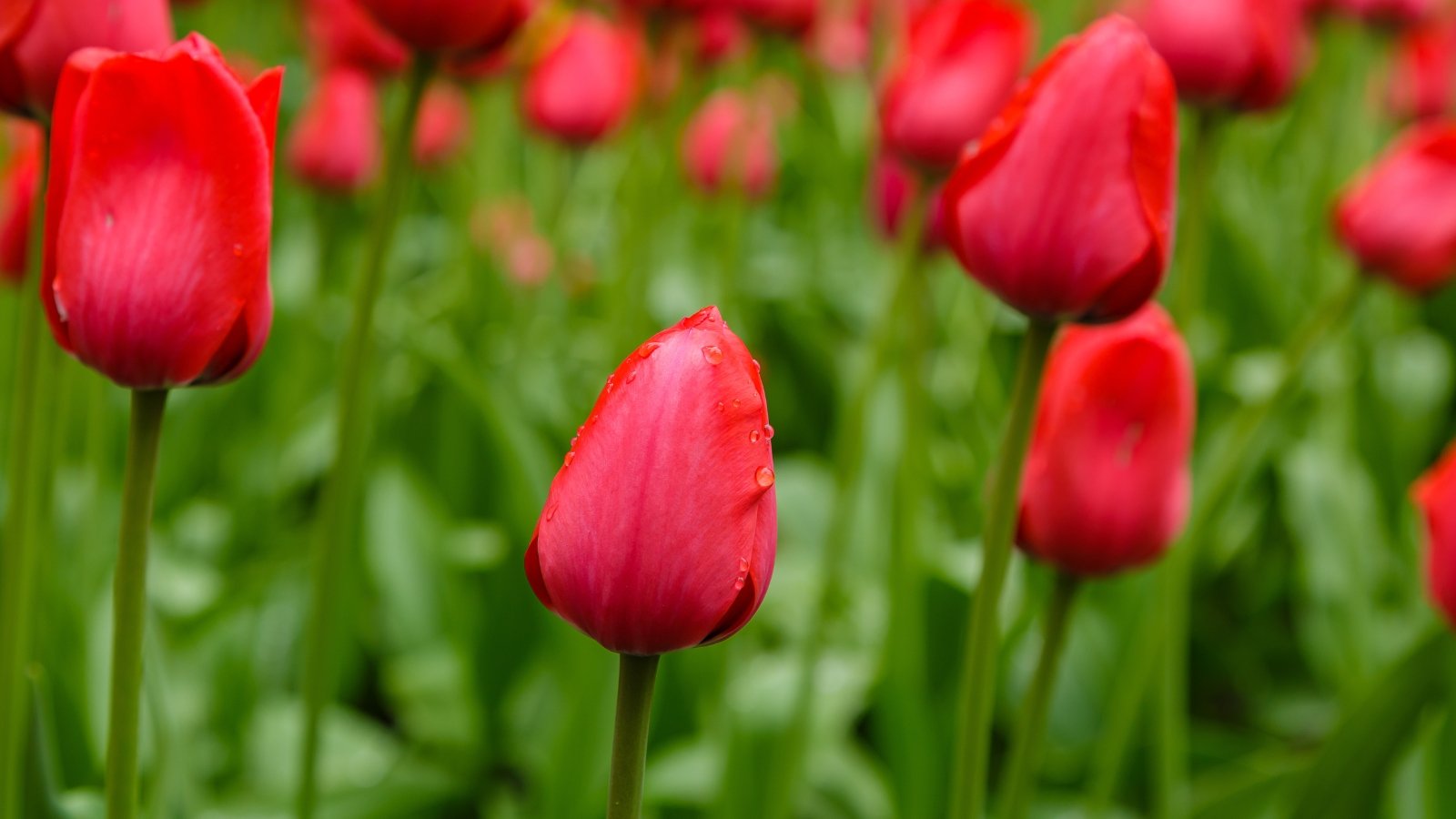 Returns year after year with a little care and patience.
Returns year after year with a little care and patience.Spring bulbs expand your perennial burgundy flower palette into the early season when few perennials are blooming. ‘Red Impression’ produces large, deep red flowers with darker centers that intensify the wine-colored effect. The blooms appear in mid-spring and last longer than many tulip varieties.
These Darwin hybrid tulips are more perennial than standard tulips, often returning for several years with proper care. Plant them in the fall for spring blooms, choosing locations with good drainage and full to partial sun.
Combine them with other perennial burgundy flowers for extended color, or use them as early-season placeholders in beds that will feature burgundy perennials later in the year.
‘Rock & Roll®’ Alstroemeria
 Thrives in well-drained soil and tolerates some drought.
Thrives in well-drained soil and tolerates some drought.Peruvian lily adds exotic appeal with flowers that combine wine-colored petals and yellow throats streaked with burgundy markings. The complex color pattern creates depth and interest.
These long-lived perennials bloom from early summer through fall, producing stems perfect for cutting. The flowers last well in arrangements, making this variety valuable for both garden display and indoor use.
Alstroemeria spreads gradually via underground rhizomes, eventually forming substantial clumps. They prefer well-draining soil and can handle some drought once established. In cold climates, mulch heavily for winter protection.
Amaryllis
 Foliage care after flowering helps bulbs bloom again next year.
Foliage care after flowering helps bulbs bloom again next year.Classic red amaryllis will fit right in to perennial burgundy flower gardens. But there are also deeper burgundy amaryllis varieties like ‘Black Pearl’ that produce enormous trumpet flowers in wine shades.
Plant bulbs in fall for winter blooms, or buy pre-planted bulbs that are ready to bloom. After flowering, continue caring for the foliage to rebuild the bulb for next year’s display.
Many amaryllis can be planted outdoors in warm climates, where they’ll naturalize and bloom annually. In cold areas, they make excellent houseplants that can live for decades with proper care.
Cardinal Climber
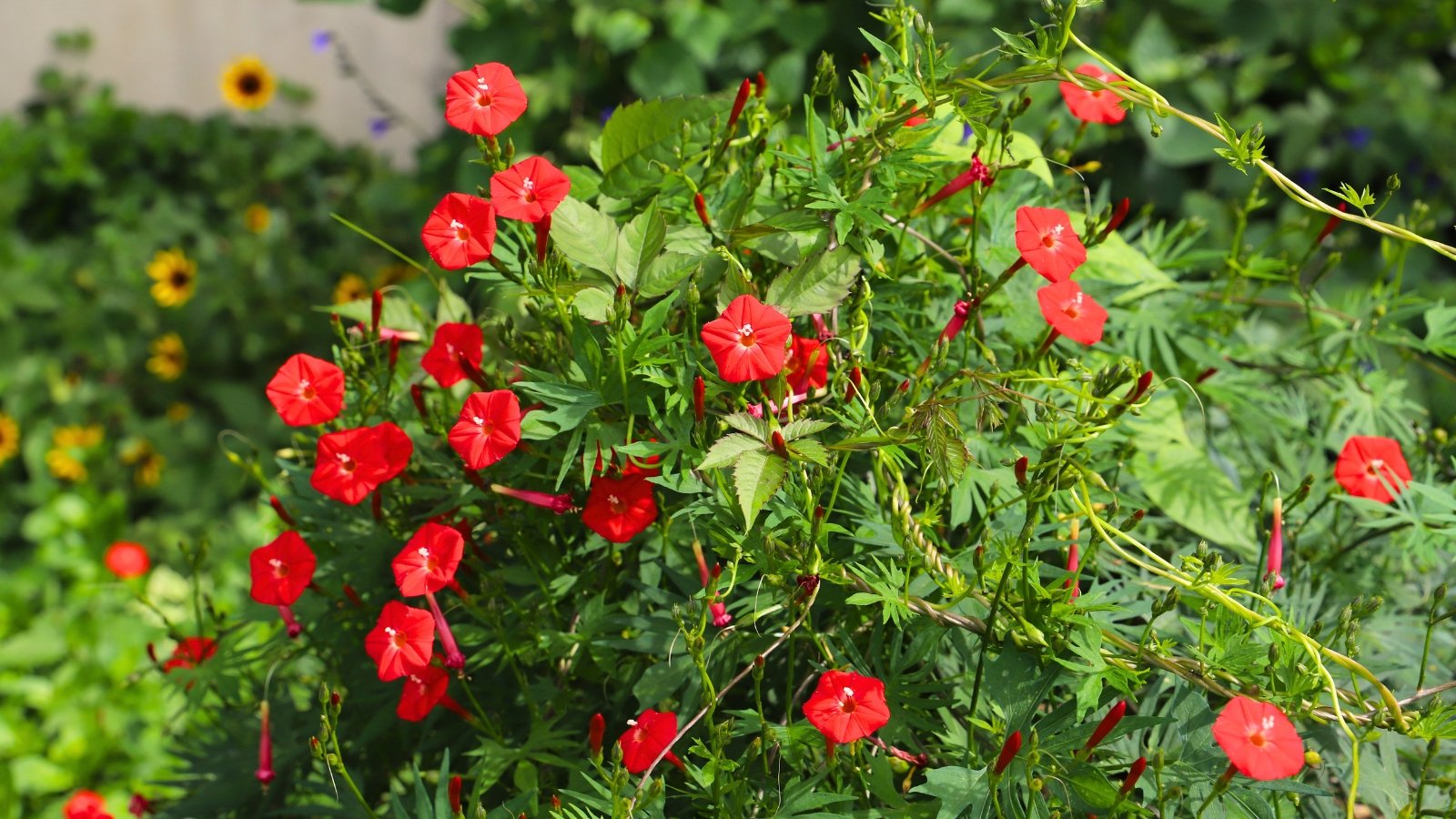 Small flowers bloom nonstop from summer right into fall.
Small flowers bloom nonstop from summer right into fall.Vertical spaces need burgundy color too, and this tender vine delivers with small but abundant deep red flowers (that lean toward burgundy in the right light). The delicate, feathery foliage provides excellent texture contrast to the rich flower color, too.
Cardinal climber grows quickly to 10 feet, making it perfect for covering trellises, fences, or other vertical structures. The flowers attract hummingbirds and continue blooming from summer through fall.
Start seeds indoors since these perennial burgundy flowers can be slow to germinate. Nick the hard seed coat or soak overnight in warm water to improve germination rates. Plant outside after the soil warms up in late spring.
Scarlet Sage
 These flowers attract all the best garden visitors around.
These flowers attract all the best garden visitors around.While technically scarlet, many varieties of salvia produce flowers deep enough to qualify as burgundy, especially in cooler weather. The upright flower spikes provide vertical accents in burgundy color schemes.
Salvias bloom continuously from summer through fall, providing reliable color. They’re also excellent for attracting hummingbirds and butterflies to the garden.
Choose varieties specifically selected for deep color, as flower colors can vary significantly within the same species.


 1 day ago
7
1 day ago
7
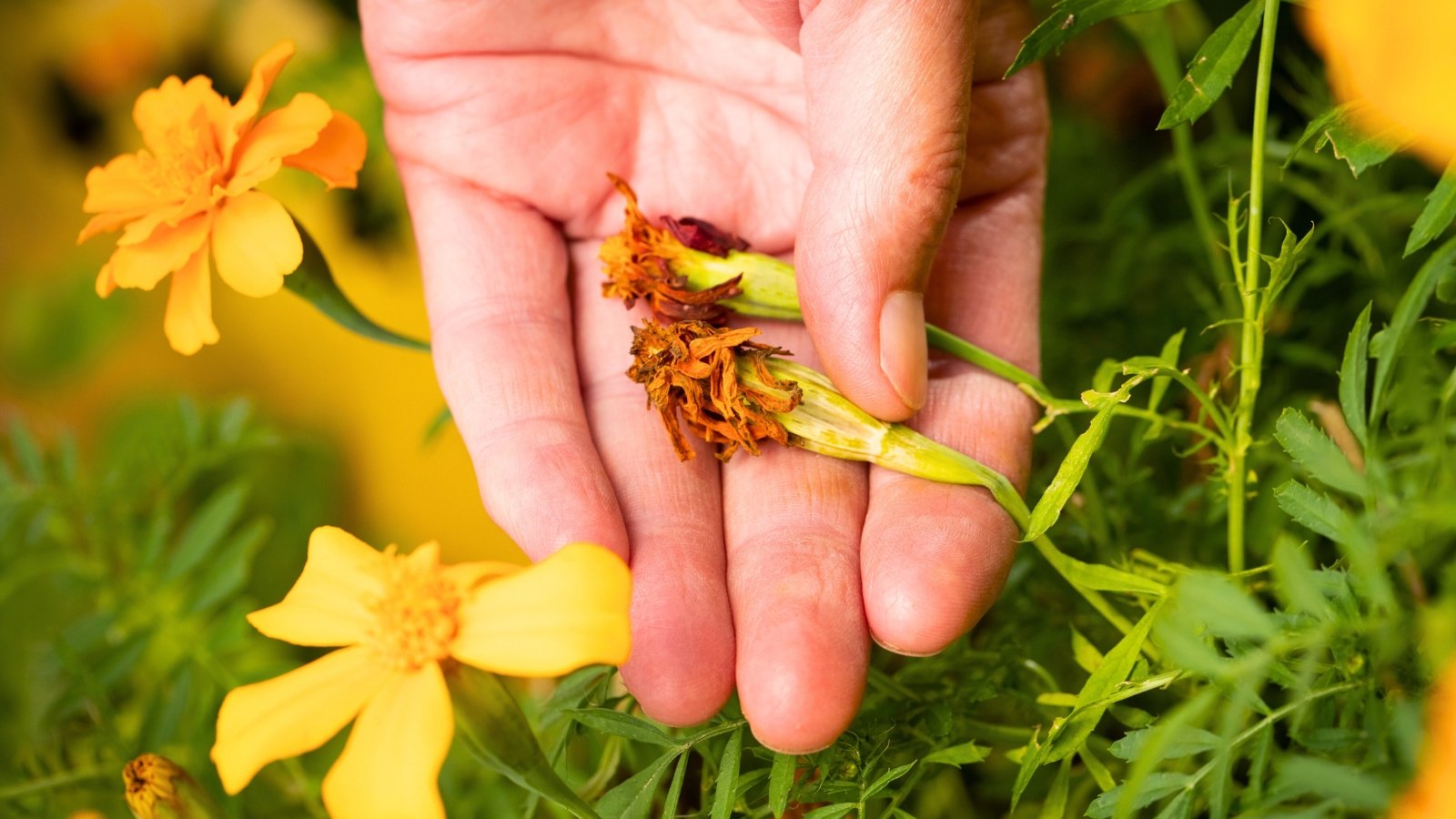
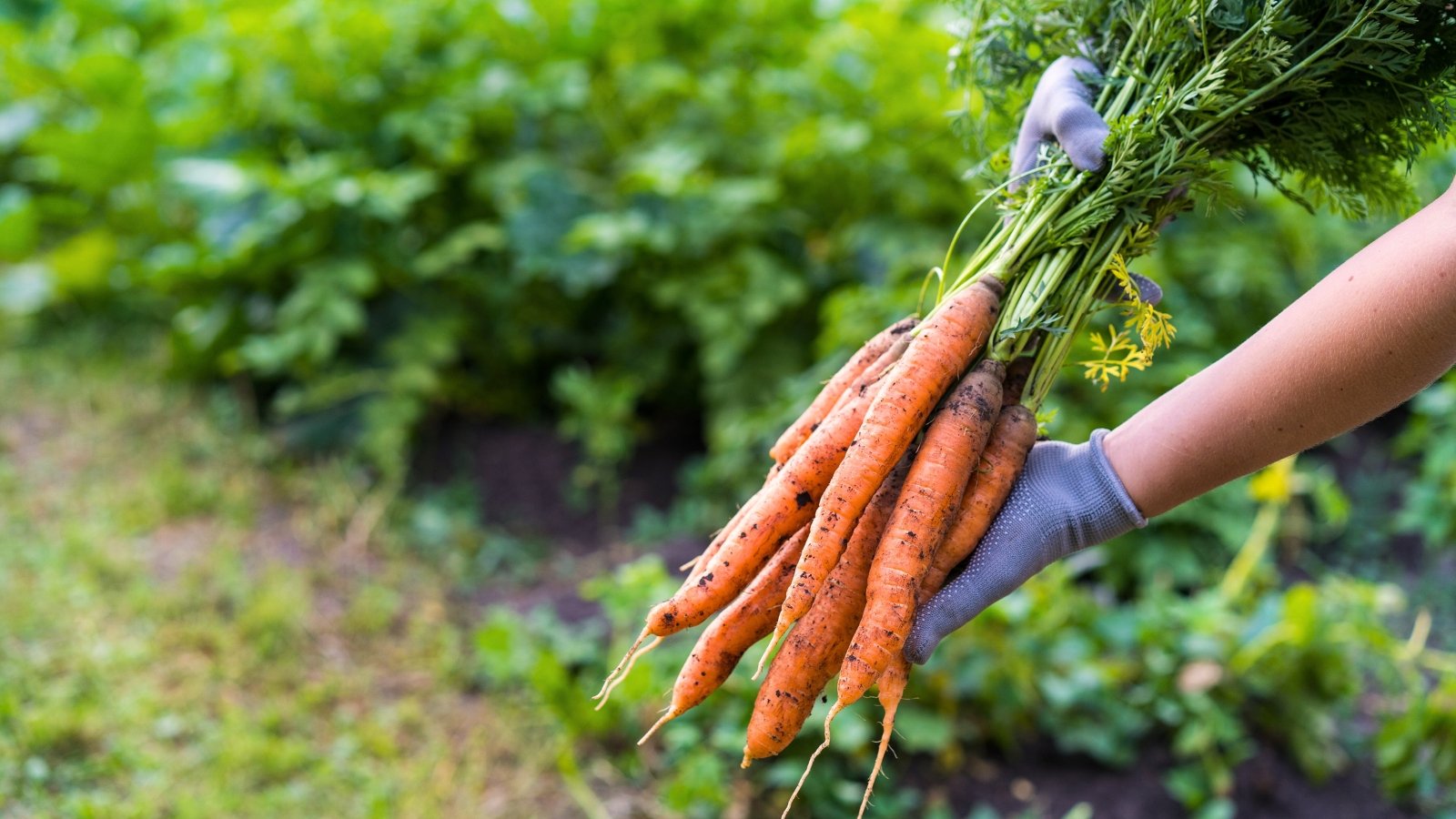



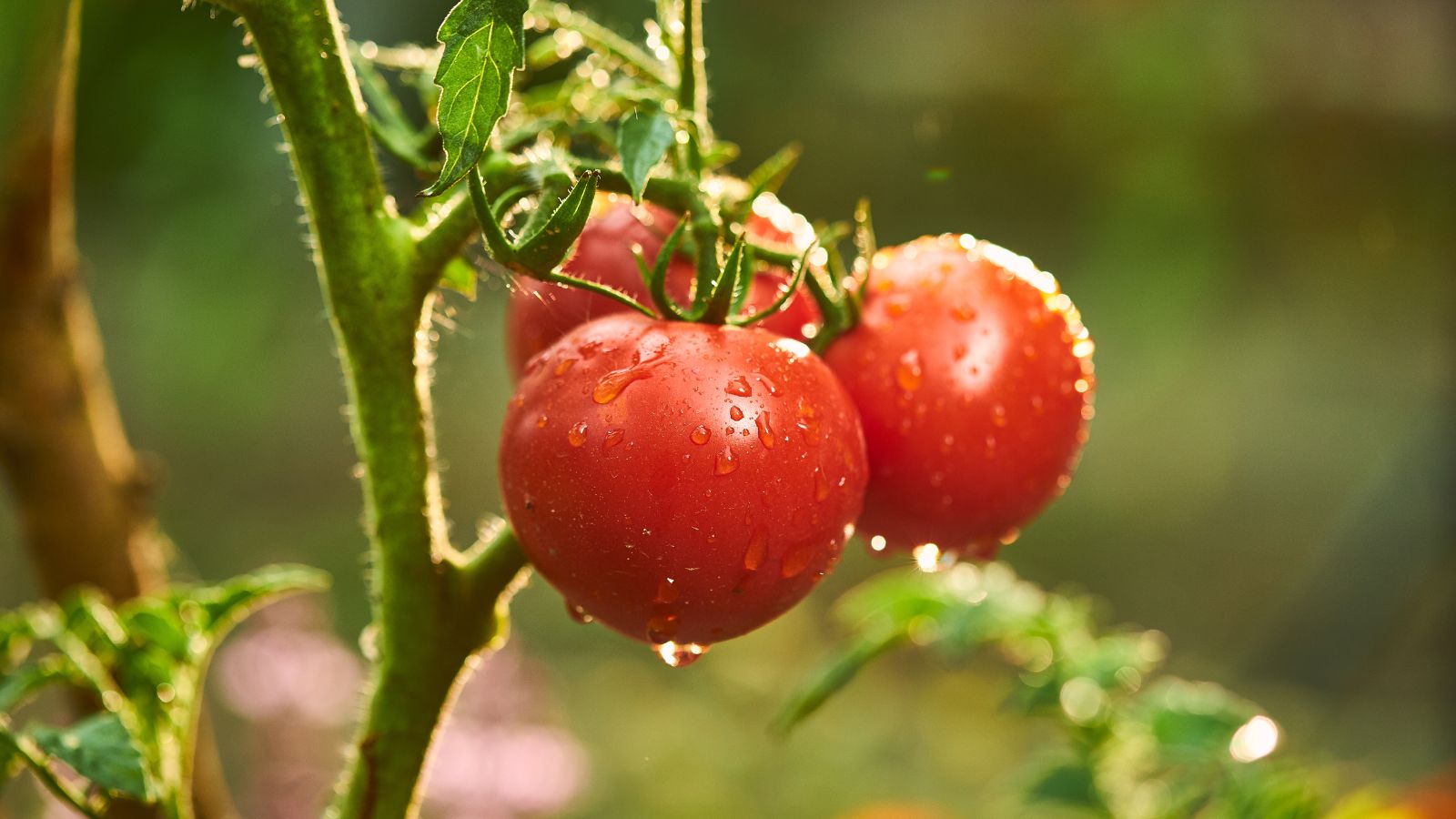















 English (US) ·
English (US) ·  French (CA) ·
French (CA) ·